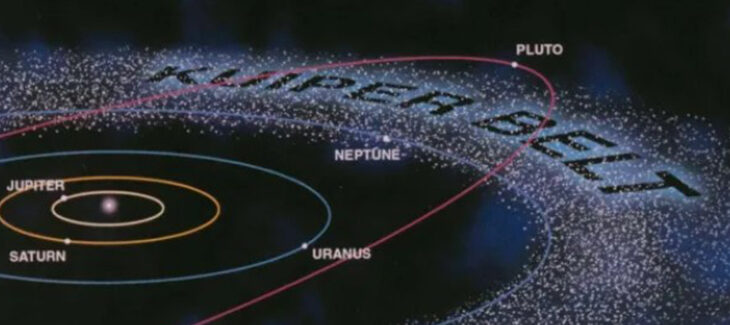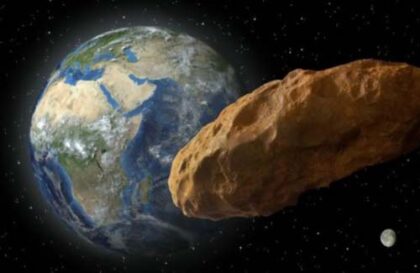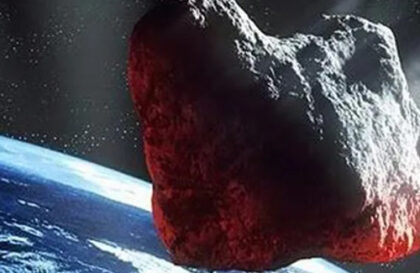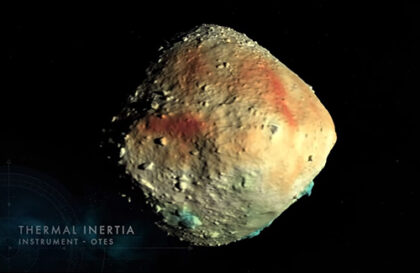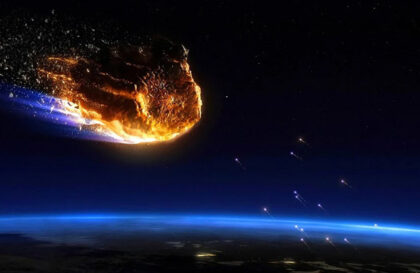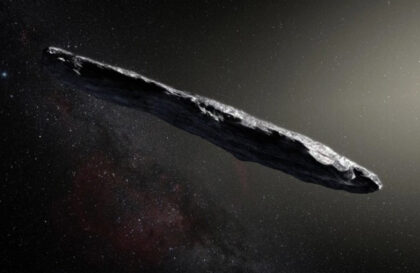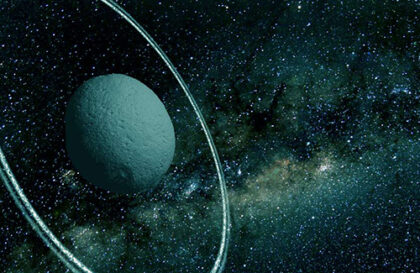The Kuiper Belt is a region of the sky beyond Neptune. It is a vast region of cold and dark matter composed of frozen volatile matter such as methane, ammonia, and water (ice). Dwarf planets such as Pluto, Haumea, and Makemake are found here. The Kuiper belt is much larger, broader, and more massive than the asteroid belt. It extends from the orbit of Neptune (~4500 million kilometers) to ~7500 million kilometers from the Sun and is characterized by relatively small bodies and relics from the Solar System.
Credits: NASA/JHUAPL/SwRI
The moons of the planet Neptune (Triton), Saturn (Phoebe), and the dwarf planet Eris originated in the Kuiper region, and Makemake is a dwarf planet with a diameter about two-thirds that of Pluto.
What types of objects are found in the Kuiper belt?
Credit: NASA/JHU-APL/SWRI
Kuiper Belt Objects (KBOs) are remnants of a protoplanetary disk. These objects formed at the same time as the rest of the solar system. KBOs are members of trans-Neptunian objects and are thought to have either formed in situ or been pushed to their present location by the migration of Neptune. KBOs are ice-rock bodies that contain fragments of rock and ice and are found in the outer Solar System. Classic KBOs have major semi-axes of about 42 to 48 AU, low eccentricity, and inclination. Objects in the Kuiper belt are in metastable orbits, and their orbits are stable for 100 million to 1 billion years, with well-defined substructures in orbital space.
Kuiper Belt objects exhibit varying reflectivity and colors, the surface brightness of which is due to geological activity and fresh ice deposition. KBOs can be classified into “cold” and “hot” populations.
Banner image: The Kuiper Belt is far from the sun. Credit: NASA
Image credit:
https://www.nasa.gov
https://rps.nasa.gov
https://www.bbc.com
